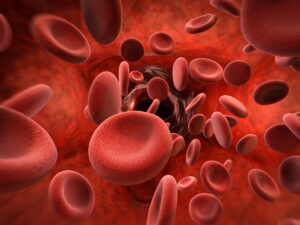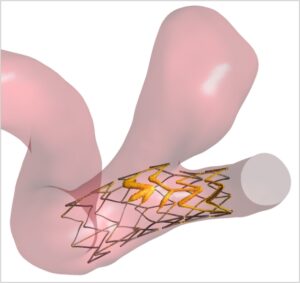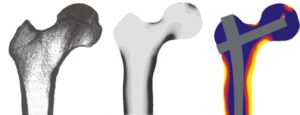Biocompatibility
Ensuring compatibility through simulation
The compatibility of medical devices or implants with biofluids or the human body is a decisive property for many medical technology products. With the help of simulations, detailed, three-dimensional insights into biological and physiological processes are accessible that would not be possible experimentally, or only with immense effort. The experience of ASD in the areas of:
- mechanical and thermal cell damage (haemolysis and denaturation)
- flow-induced platelet activation
- device-induced thrombus formation (white as well as red thrombus)
- bone remodelling as a result of loads from implants
- thermal bone damage, e.g. due to frictional forces when inserting the implant
allow targeted optimisation of medical devices and accelerate the development process.

Haemolysis
Application of complex analytical tools for the assessment of mechanical blood damage in medical devices

Thrombosis
Flow analyses in the blood circulation with regard to the influence of vascular interventions and medications

Bone damage
Density distribution in the bone under typical load: X-ray image, calculated without and with implant
